The second biggest city of Cambodia is mostly known for its old town and the colonial buildings there. But what makes it really interesting is its surroundings. From other travelers we had gotten a recommendation for a tuk-tuk driver who offers day tours. Whenever a recommendation is within our budget, we usually follow it and we have yet to be disappointed. We were picked up from our hotel at 8 am and had a very entertaining and informative day.
Our tour started in the north of Battambang at the temple of Wat Ek. The old, Hindu temple, from which only ruins still stand, is from 1027. A new Buddhistic temple was built in 2003 which is towered by a giant sitting Buddha statue. Our driver, having been a monk for 15 years, told us, that the Sitting Buddha is the enlightened Buddha in different phases of his life. The lying Buddha is the dying Buddha reaching the nirvana as he is not reborn. In the village of Pheam Ek around the temple we were then shown some traditional crafts of the local people. We started with a rice wine distillery. I had already visited one in Thailand but this one was much smaller and sold its product only within the village. They offer the regular rice wine with about 60 Vol% and two other kinds with certain supplements. One is mixed with different fruits and traditionally drunk by mother after childbirth. In the other one were two small cobras which is popular with men to give them strength. We only tried the regular one. Another family produces rice paper which is used for the fresh spring rolls. Two women worked smoothly together, one baking the round paper, and the second women placed them on a drying rack. It’s a hard job and they sell hundreds of these paper for as little as one Dollar. The third local business we visited was the most challenging for our senses. They dry and salt fish and produce a paste from the fish. The unusable fish heads are ground and refed to the fishes.
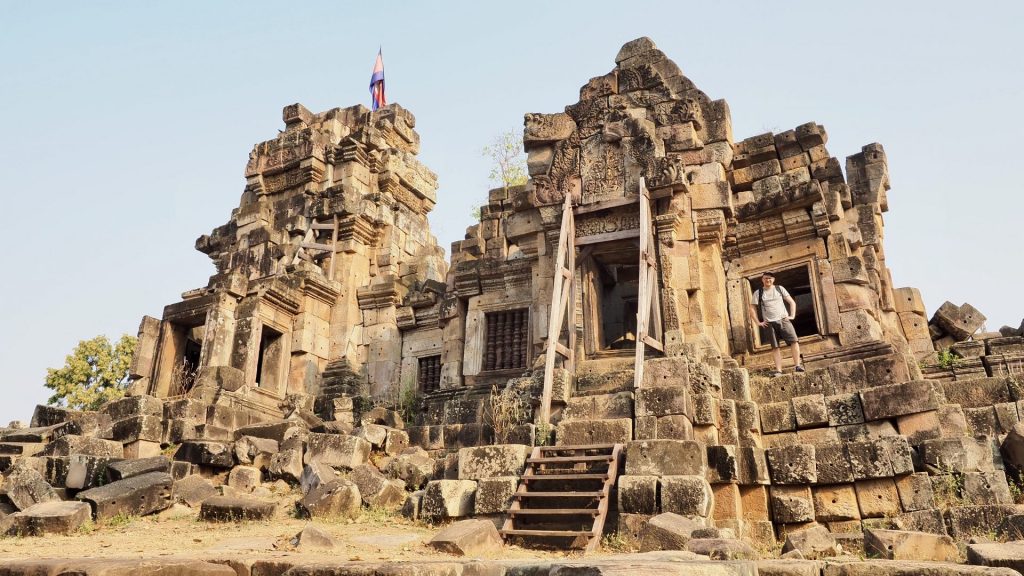
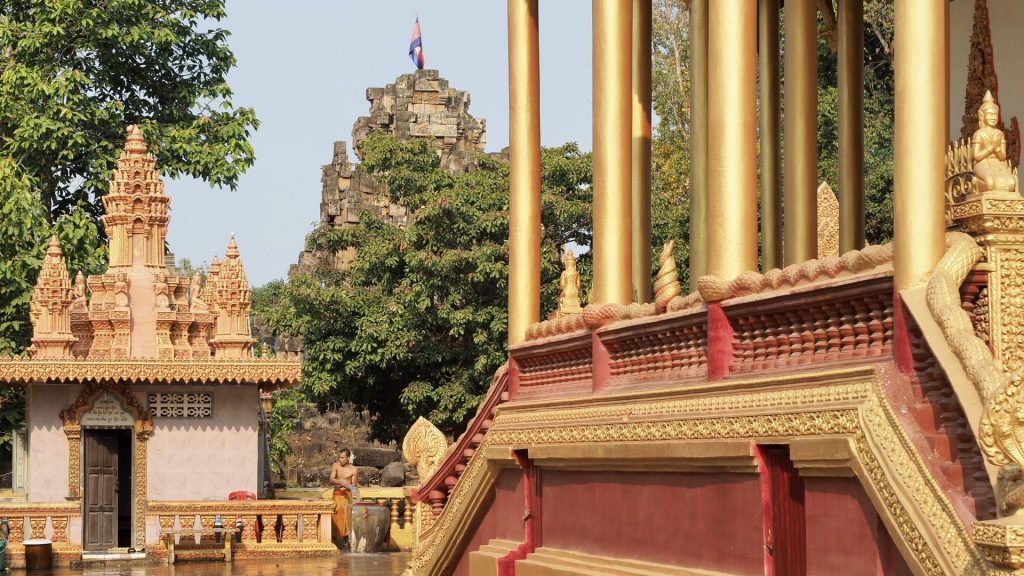
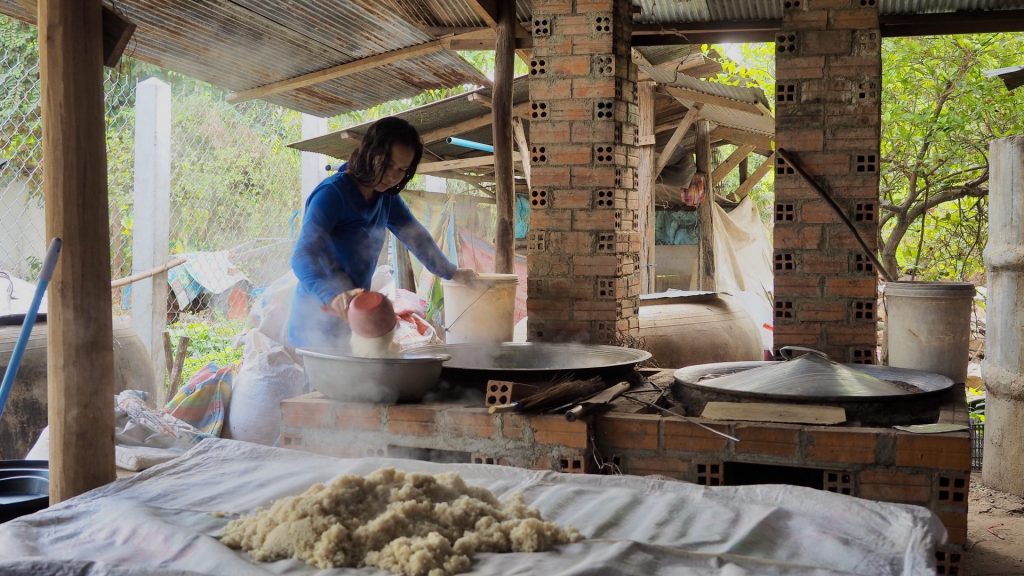
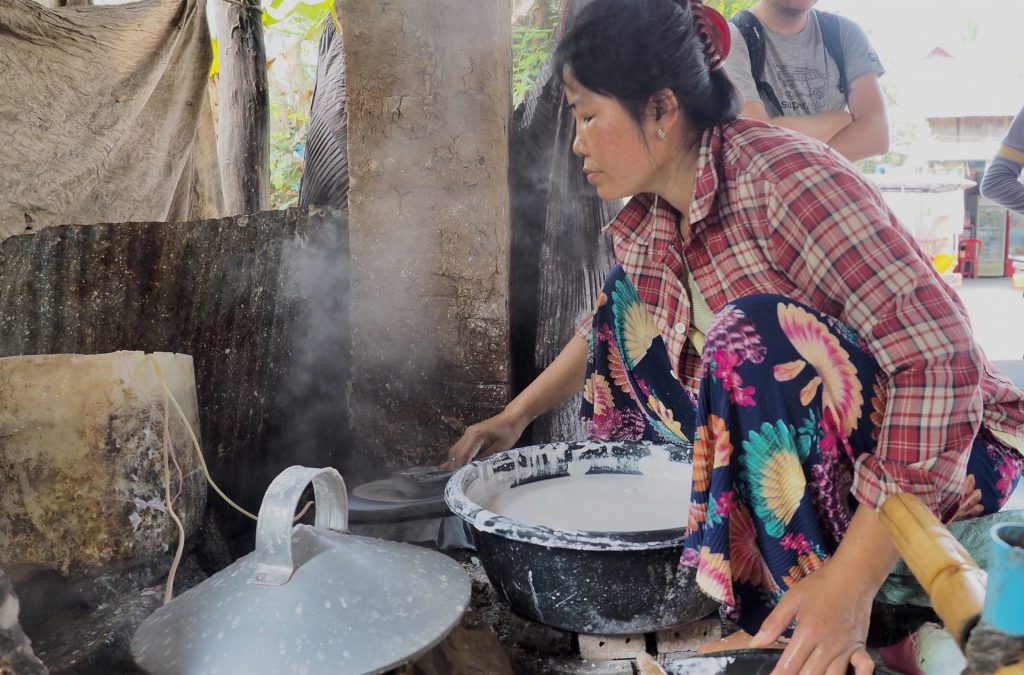
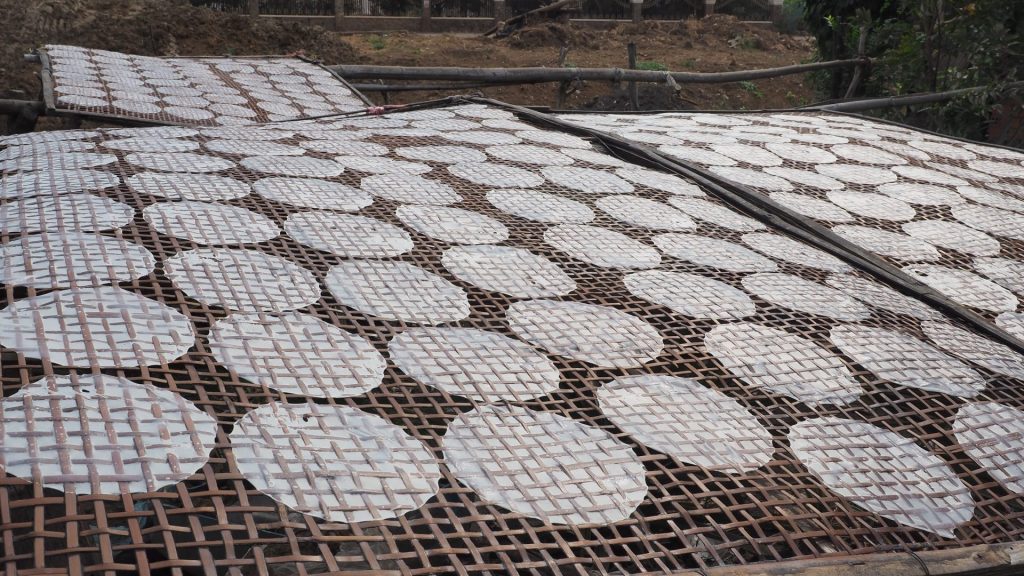
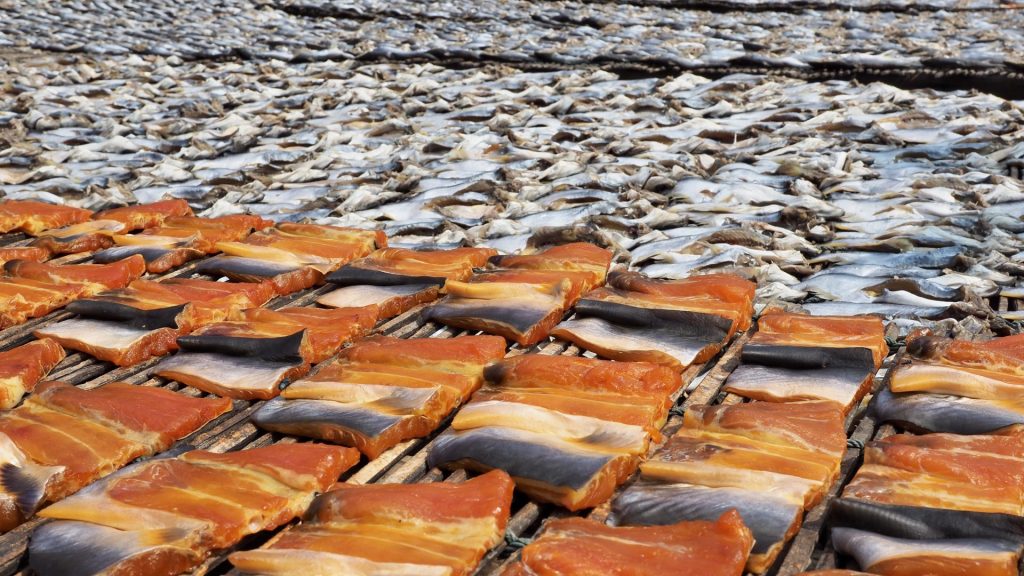
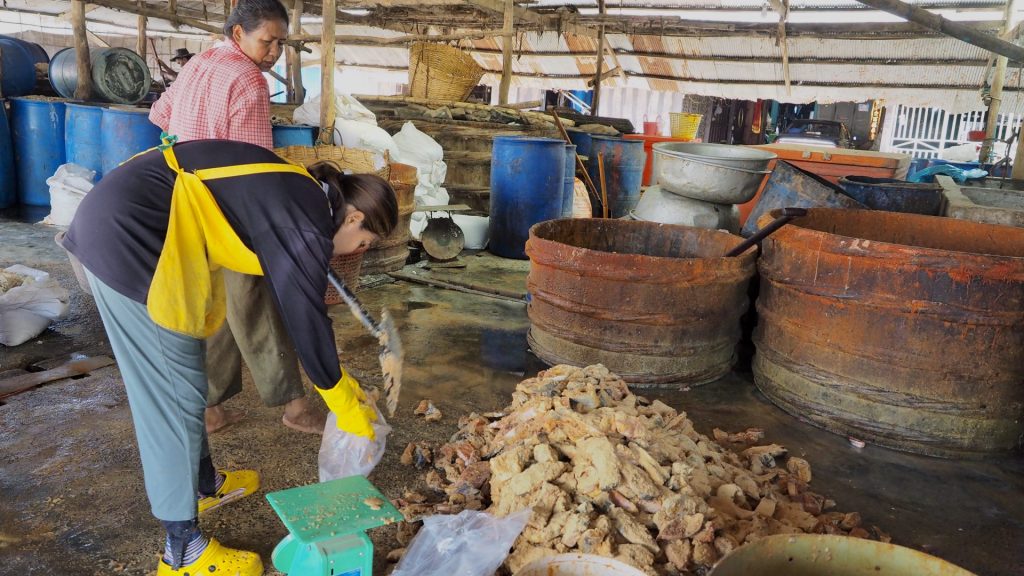
Everywhere in Cambodia are so-called ‘Killing Fields’ where the Khmer Rouge killed hundreds or thousands of innocents. The temple of Wat Samarong Knong was used as a prison for men and women. In a specific torture hall, the Khmer Rouge did unbelievable horrors to the them to force a confession before they killed them. After the terror regime some of the mass graves were opened and the remains were placed in a specifically built stupa. Being here, seeing these buildings and places makes you lose any hope into humanity. How can someone hurt so many people? Babies and children were not exempt! They killed with axes and other tools as bullets were too expensive. To me these people are monsters lacking any empathy and it is impossible to understand what drove them to act this way. This visit left us sad, disbelieving and thoughtful.
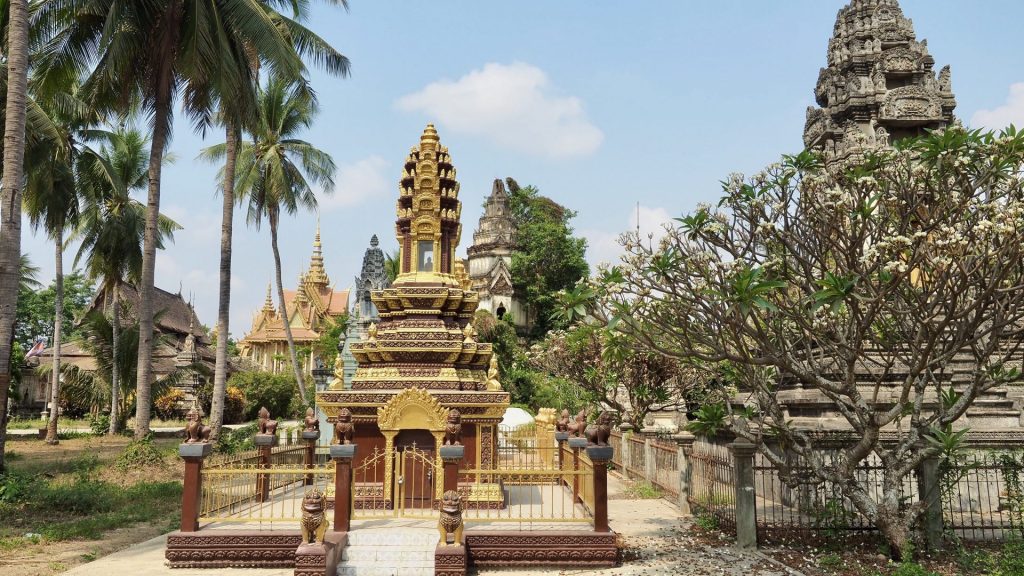
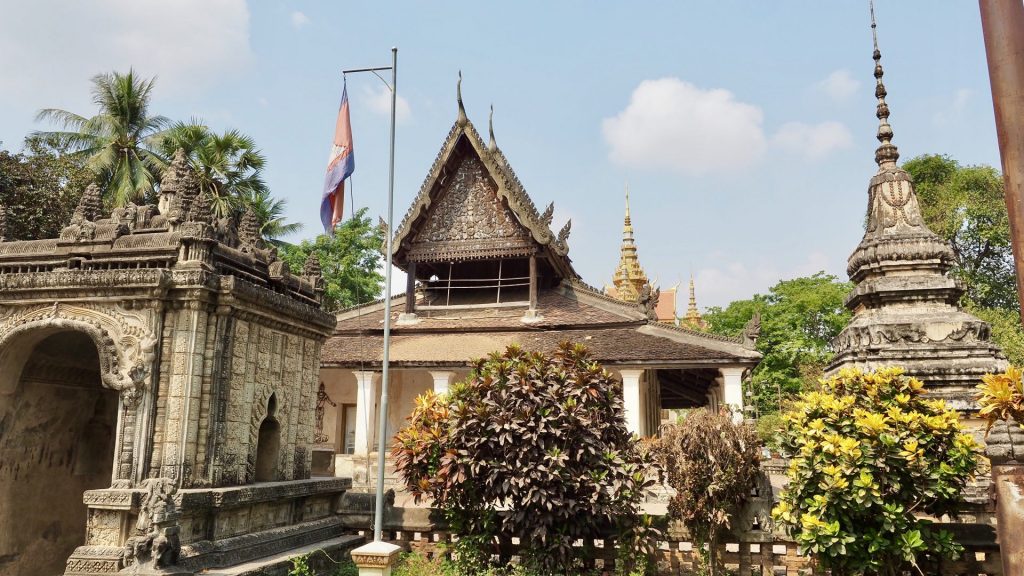
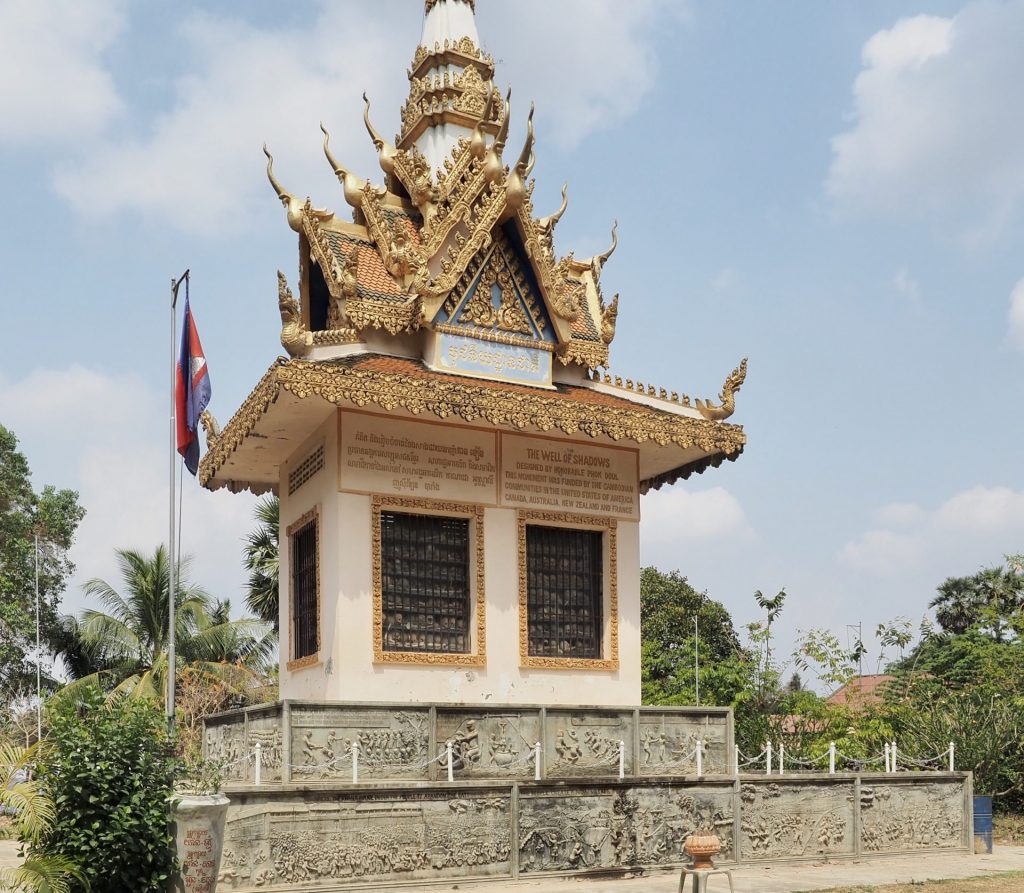
The next, more positive, even exiting stop was the Bamboo-Train. The railway was in use for a long time and the local population made clever use of it by building bamboo platforms onto old tank wheels. Since it’s a single-track the less loaded vehicle had to be disassembled and wait for the other to pass. Today, the railway of Cambodia is operational again but with about four cargo trains per day and one passenger train per week there is still enough time in-between. A new line, purely for touristic purpose is being built as well, for when the regular train traffic picks up. It really is a fun ride accompanied with quite the noise of the engine and the gaps between the rails. Judging by the number of bamboo carts that were waiting for customers there were not a lot of people there. At the turning point of the route a lot of desperate souvenir and drink vendors were trying to get a handful of tourists to by something. The effects of Corona on the tourism is clearly visible.
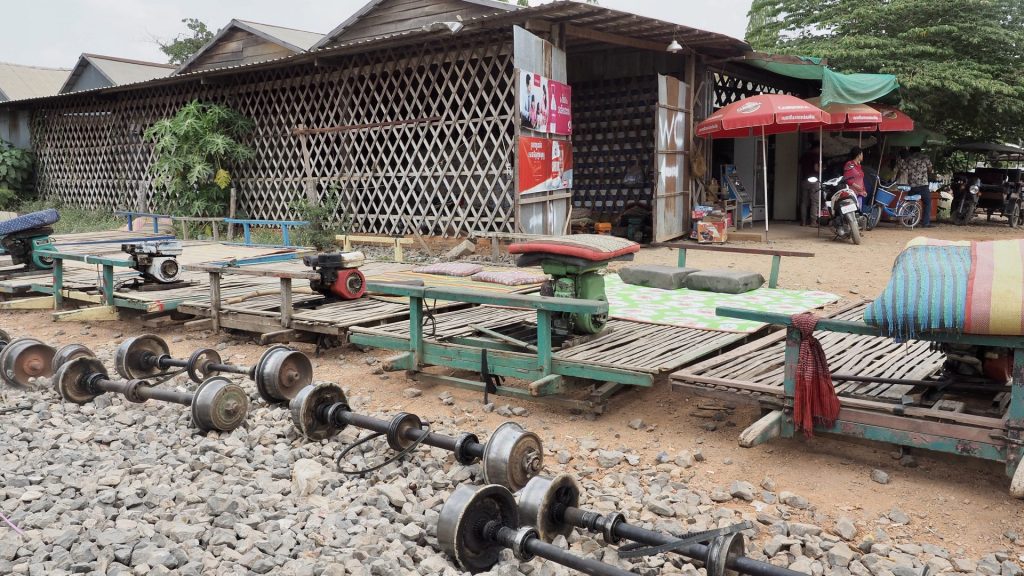


After lunch we stopped at a few trees where lots of fruit bats, well, hang out, before we went to climb Wat Banan. Here over 300 steps needed to be climbed to reach the temple. The next stop required us to climb over 700 stairs to reach the pagodas of Phnom Sampeau. But here one could buy his or her way out of it for the small price of 10 US$. Chris and I walked up and joined my parents on the way down. The pagodas are clearly visible from afar placed on the mountain tip. The mountain has many caves some of them have been used ‘Killing Caves’ where the Khmer Rouge disposed the bodies of their victims. Today there is a memorial and a small temple.
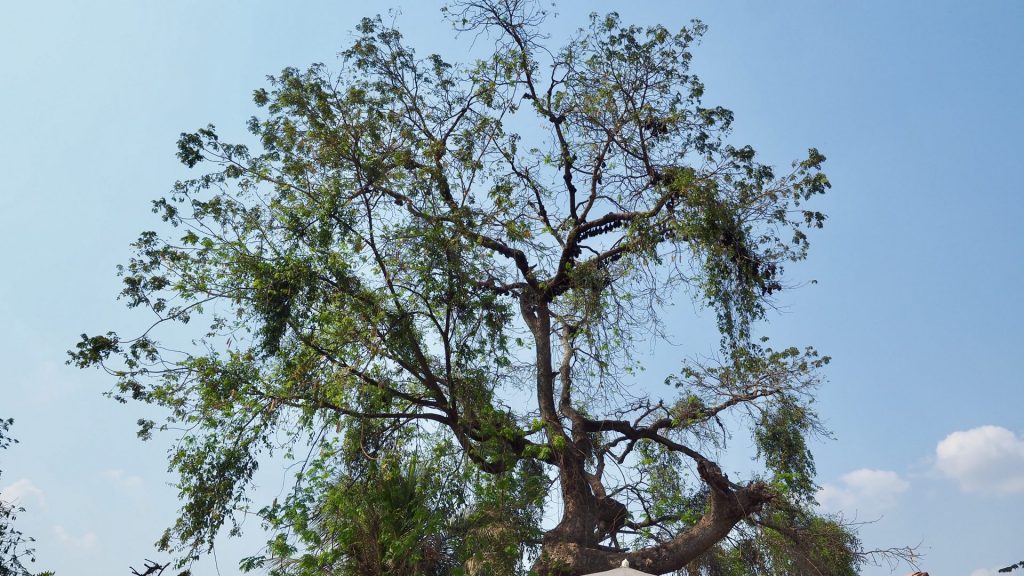

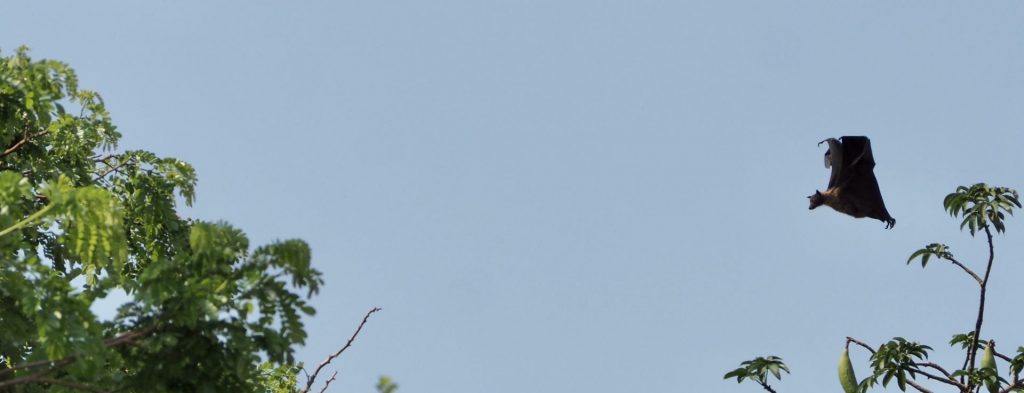
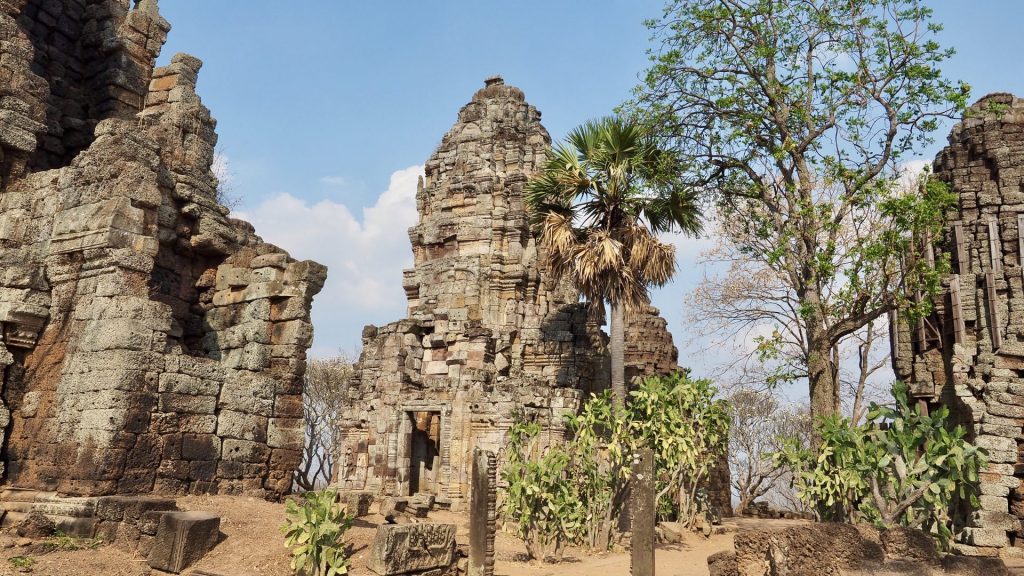
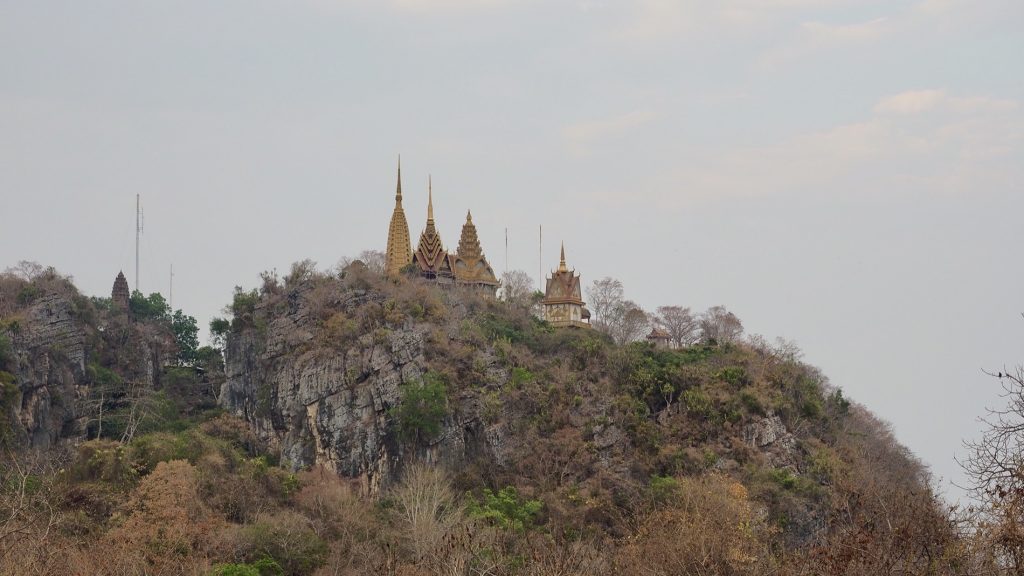

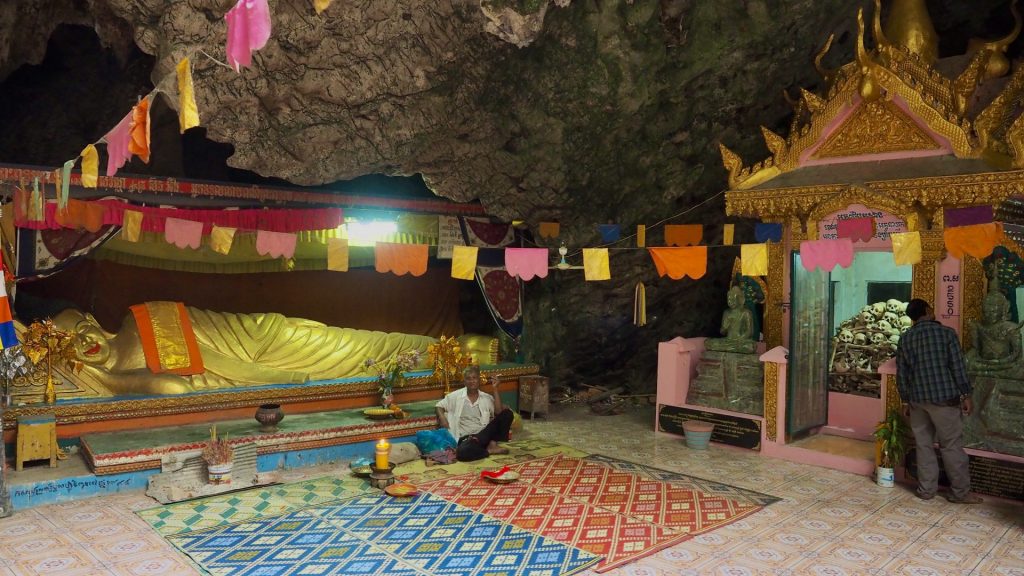
In a cave close to the mountain’s foot live about 10 million bats. The cave has two exits on both sides of the mountain and every day they leave the cave at sunset. It is quite the spectacle to see about 3 to 4 million bats fly out of a cave to fly into the surrounding fields and eat insects. It is estimated that they save up to 2 tons of rice every year by eating grasshoppers. So, they are effectively an ecological pesticide!
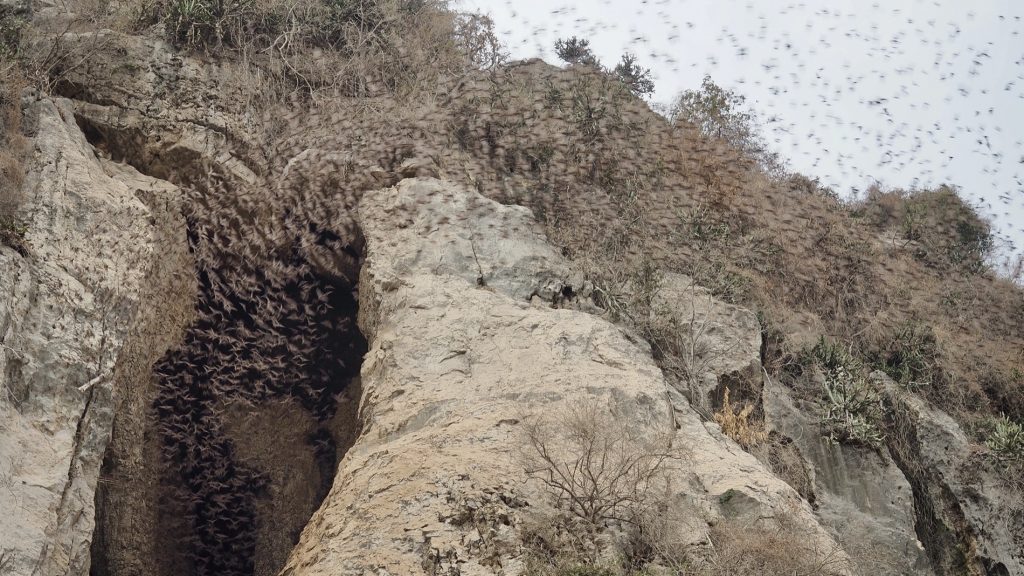
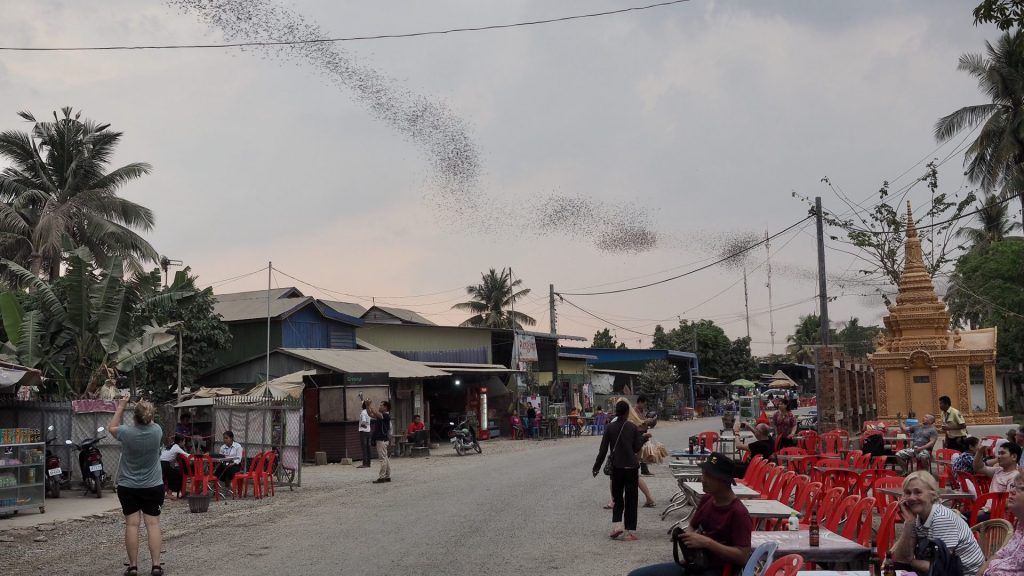
After such a long day, we had dinner at the night market and got a fresh smoothie before we went to bed. Happy, but exhausted.
The next day my mom, Chris and I took a cooking lesson. We cooked four different dishes: Amok, Green Mango Salad with Spring Rolls, and a Coconut Milk desert. We all went to the market together and saw how fresh Coconut milk is produced and prepared everything from scratch. It was really fun and we learned a lot. Chris will write a thorough report on that!
